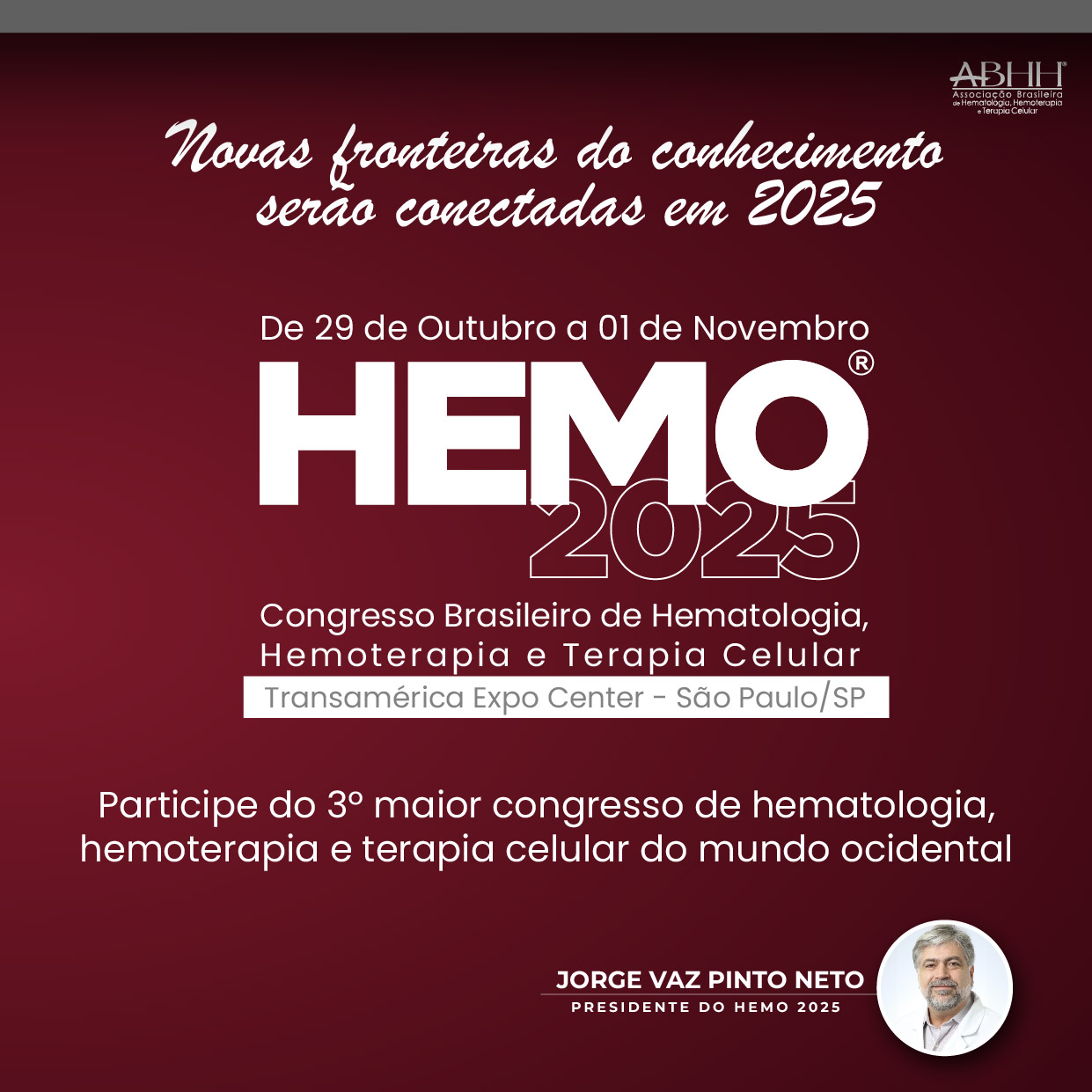Introduction: An epidemiological database is an important tool to characterize the population disease distribution, long-term effects of the diseases, impact of evolving treatments, to identify adverse events (AE) and their possible mitigation and to improve the healthcare system. Another reason to create a database is to rapidly identify, recruit and enroll individuals for research activities. Based on these, the Brazilian Multiple Myeloma Study Group (GBRAM) developed an electronic database platform with the intention of registering the MM cases diagnosed at Brazilian healthcare services. Methods: This is a prospective, multicenter, open, epidemiological study, based on an electronic register. Patients diagnosed with MM after January 1, 2018 have been included. The eligibility criteria were: intent-to-treat (ITT) MM, aged over 18 years and under care in any healthcare system (private, public and academic). All clinical and lab data, prognostic profiling, treatment patterns and responses, AE and survival were compiled. The data were analyzed with the NCSS®2020 software. This project is registered in the Brazilian study platform control (Plataforma Brasil) linked to federal health authorities by the number CAAE-05340918.3.1001.8098. Results: To date, 1,113 patients at 44 reference centers were included. The median age was 64 (25 -96) years and 578 (52%) were male. According to the ECOG PS: 0 = 185 (16.5%), 1 = 257 (23.2%), 2 = 144 (13%), 3 = 105 (9.5%), 4 = 62 (5.5%) and the not available data (NA) = 359 (32.3%). The ISS 1, 2, and 3 were 219 (19.7%), 286 (25.7%) and 406 (36.5%), respectively, the NA being 202 (18.1%). MM isotypes were 524 (47.1%) IgG, 202 (18.2%) IgA, 192 (17.2%) free-light chain, 4 (0.5%) IgM, 7 (0.8%) biclonal, 9 (0.7%) non-secretor and 175 (15.5%) NA. Regarding the treatment backbone, 427 (38.4%) patients received immunomodulators (IMID- thalidomide), 277 (20.4%), proteasome inhibitors (PI-bortezomib), 84 (7.6%), the combination of PI + IMID, 72 (6.6%), combinations with anti-CD38 monoclonal antibody (Daratumumab) and 253 (27%), other treatments. The ITT analysis of 1003 cases, 636 (63.4%) patients were planned for bone marrow transplantation (BMT) and 367 (36.6%) not. After a median follow-up of 14.0 months, 150 (23.6%) of the planned patients had undergone the procedure, 284 (44.7%) had not yet been submitted and 202 (31.7%) had NA data. The OS was 80.9% for the total group at 20 months, 73.5% for ineligible and 95.5% for eligible. There was a significant improvement in eligible patients who had performed BMT, as compared to those who had not, HR 0.15 (0.09 - 0.26), p < 0.0001. A total of 142 deaths (12.8%) occurred, 51 (36%) of them being during the first 180 days. Discussion: This epidemiological study prospectively enrolled patients diagnosed since January 2018 and is of a nationwide scope. To date, 1,113 new cases were included. Despite the short follow-up, this analysis has identified differences in survival, comparing ISS stratifications and whether a BMT was performed or not. Conclusion: This project demonstrates the feasibility and importance of electronic platforms in the compilation of MM populational data for a better understanding of the clinical characteristics, treatment patterns and outcomes in the real world, permitting a clearer perception of local issues and thus, addressing possible improvement in public healthcare policy, such as the improvement of BMT access. Estudo desenvolvido pelo GBRAM.
The Impact Factor measures the average number of citations received in a particular year by papers published in the journal during the two preceding years.
© Clarivate Analytics, Journal Citation Reports 2025
SRJ is a prestige metric based on the idea that not all citations are the same. SJR uses a similar algorithm as the Google page rank; it provides a quantitative and qualitative measure of the journal's impact.
See moreSNIP measures contextual citation impact by wighting citations based on the total number of citations in a subject field.
See more





